Currently, it is a critical period for rapeseed autumn sowing production. Recently, Yu'an District, Lu'an City, Anhui Province, Wangjiang County, Anqing City, and Tianchang City, Chuzhou have held on-site meetings on mechanized transplanting technology for rapeseed tapestry seedlings. Yunma Company has dispatched three sets of technical backbone personnel to each of the three sites to demonstrate the joint transplanting machine for rapeseed tapestry seedlings.【Anqing Wangjiang County】



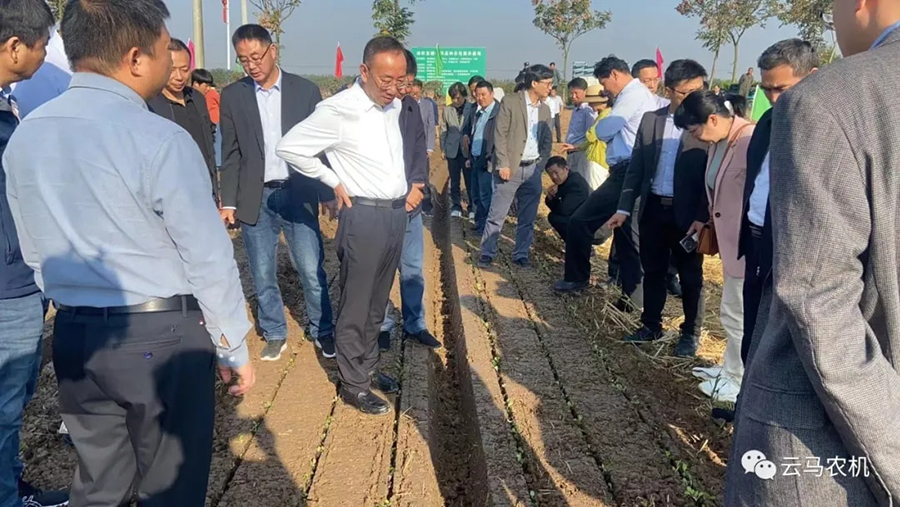
Under the skilled operation of personnel from Yunma Company, the process of transplanting rapeseed has become very convenient and fast. Attracting a variety of planters to stop and observe, to gain a detailed understanding of the relevant techniques for rapeseed transplantation and the use of the rapeseed blanket seedling combined transplanting machine.【Tianchang City, Chuzhou】
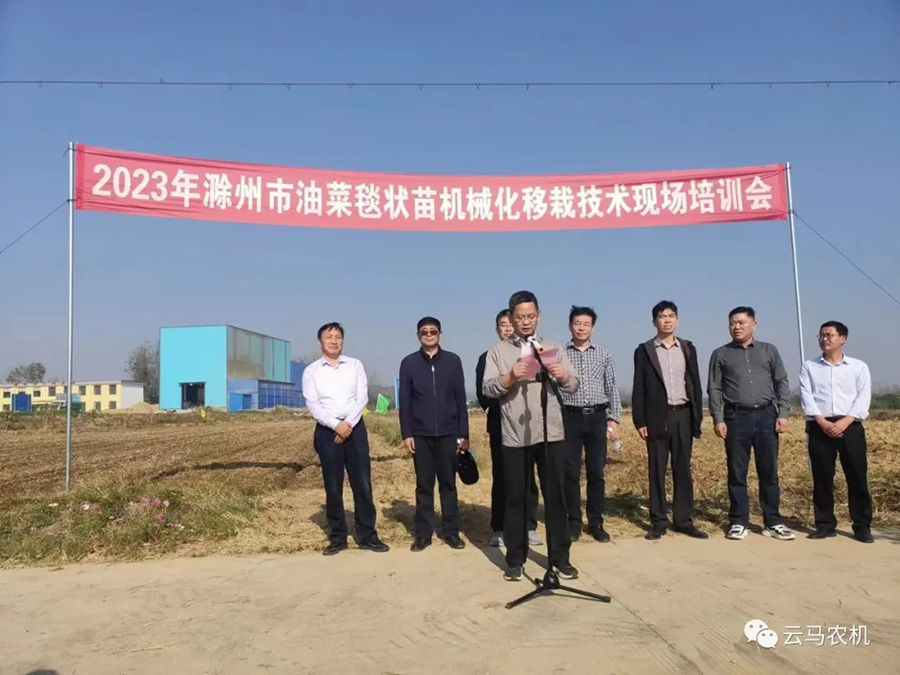

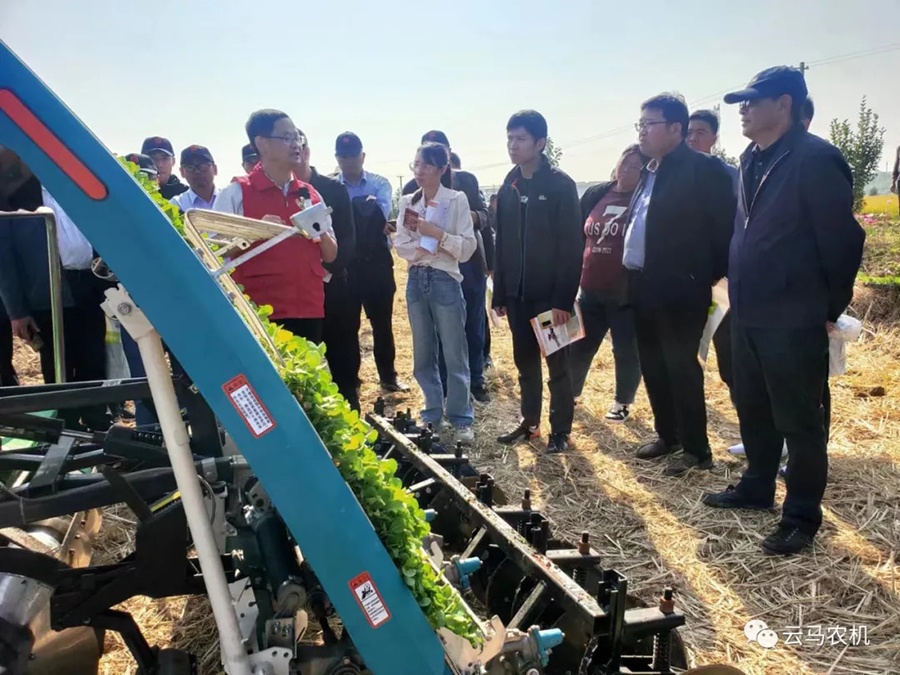
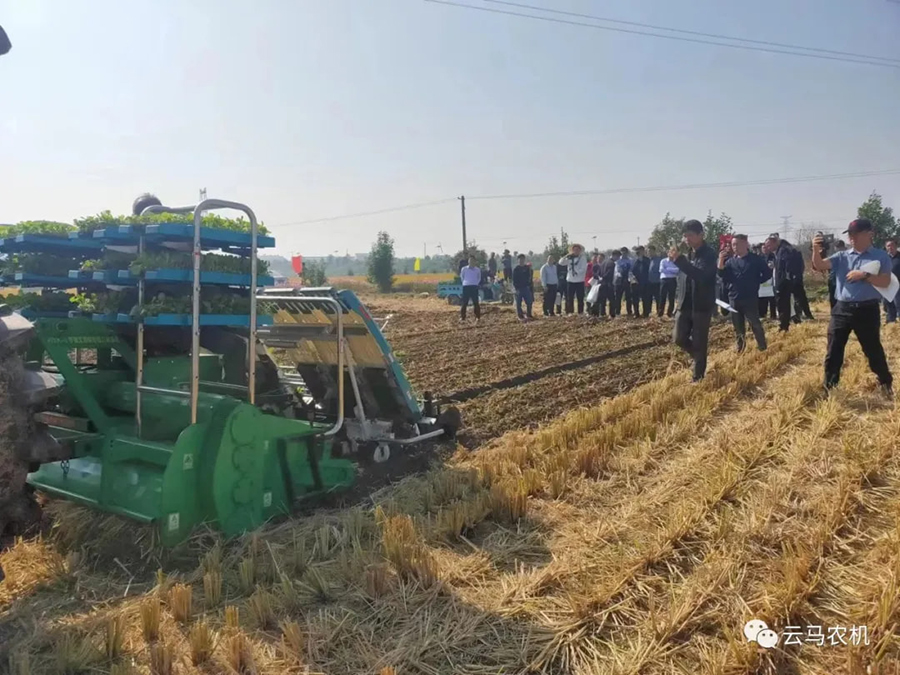
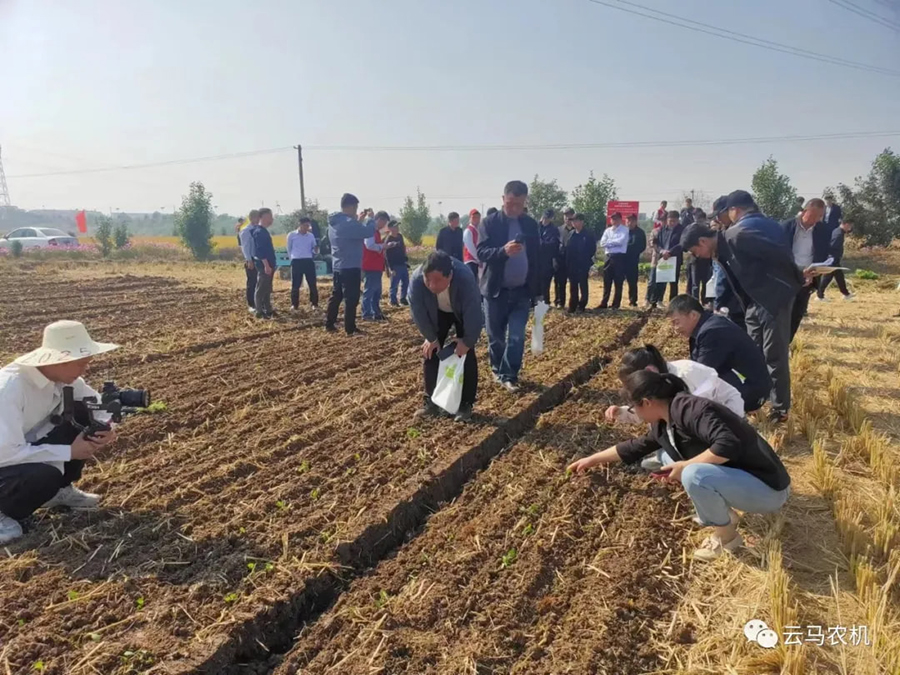
The technology of no tillage mechanical transplanting for rapeseed blanket seedlings has achieved efficient integration of agricultural machinery and agronomy, which is more than ten times more efficient than manual labor. This precision fertilization and transplanting technology uses seedling trays to cultivate seedlings, forming a "carpet". The transplanting method includes "cutting seedlings into pieces, inserting them into gaps, and pushing soil to suppress". The rapeseed "seedling blanket" is cut into pieces and planted in the field using a machine. This technology uses a new equipment for precise fertilization and transplanting of rapeseed, which can complete multiple processes such as rotary tillage, stubble removal, trenching, fertilization, seam planting, and soil covering in one go. It can not only reduce labor costs, accurately control fertilizer usage, but also delay the transplanting period of rapeseed in the field, effectively alleviate stubble conflicts, and achieve seamless connection between rice and oil crops.【Yu'an District, Lu'an City】
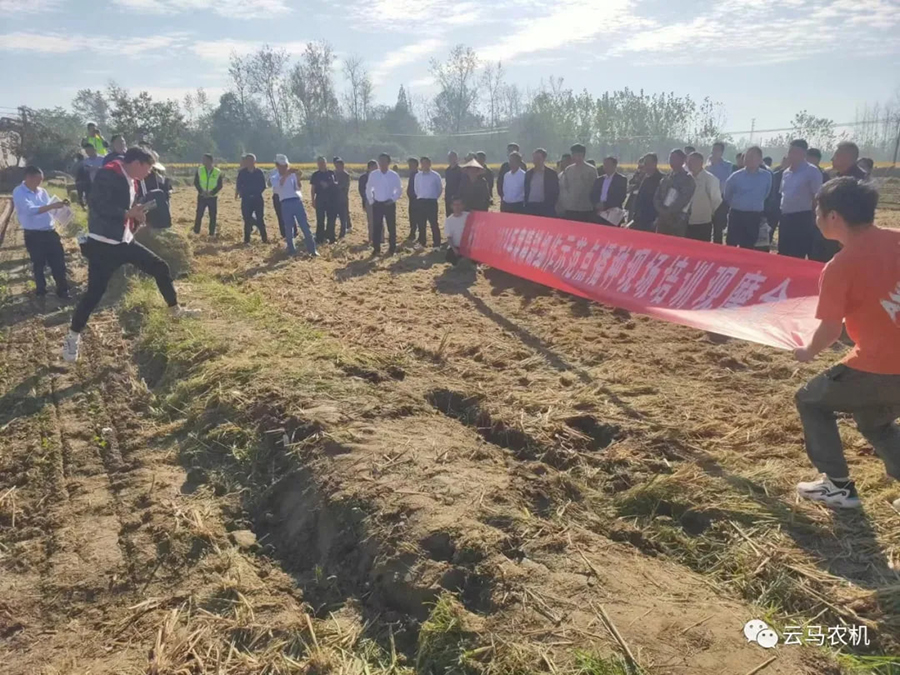


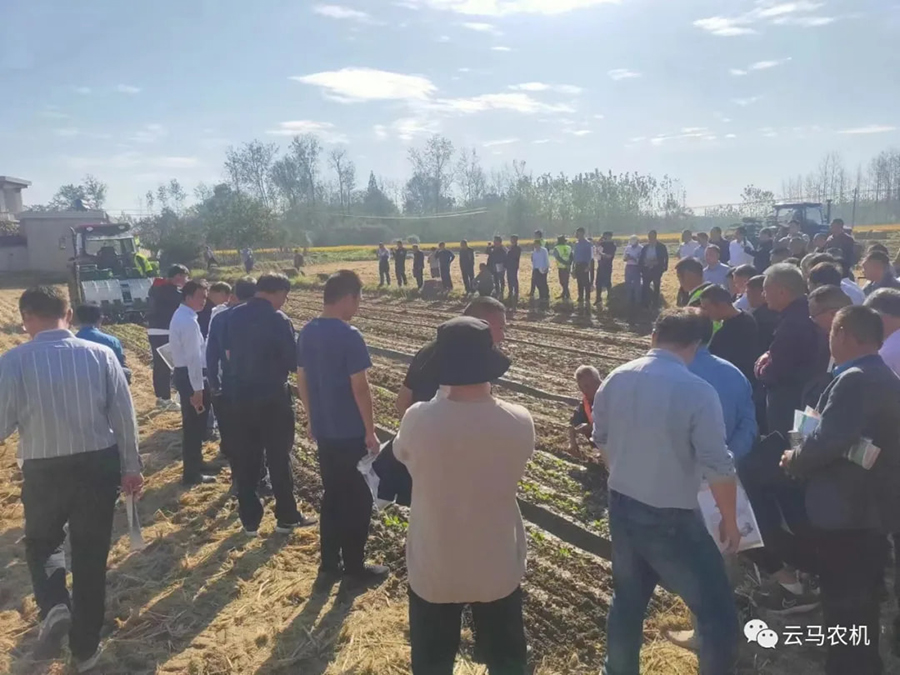
In recent years, with the development of the domestic multifunctional rapeseed industry chain, the planting area of rapeseed has steadily increased. The development of the rapeseed industry chain cannot be separated from field technical support. The new technologies and machinery demonstrated are aimed at testing the stubble and moisture content of different fields. It is hoped that through similar activities, green, high-yield and efficient cultivation technologies for rapeseed can be further integrated and promoted, promoting the full mechanization of rapeseed production and promoting the high-quality development of the agricultural industry.













